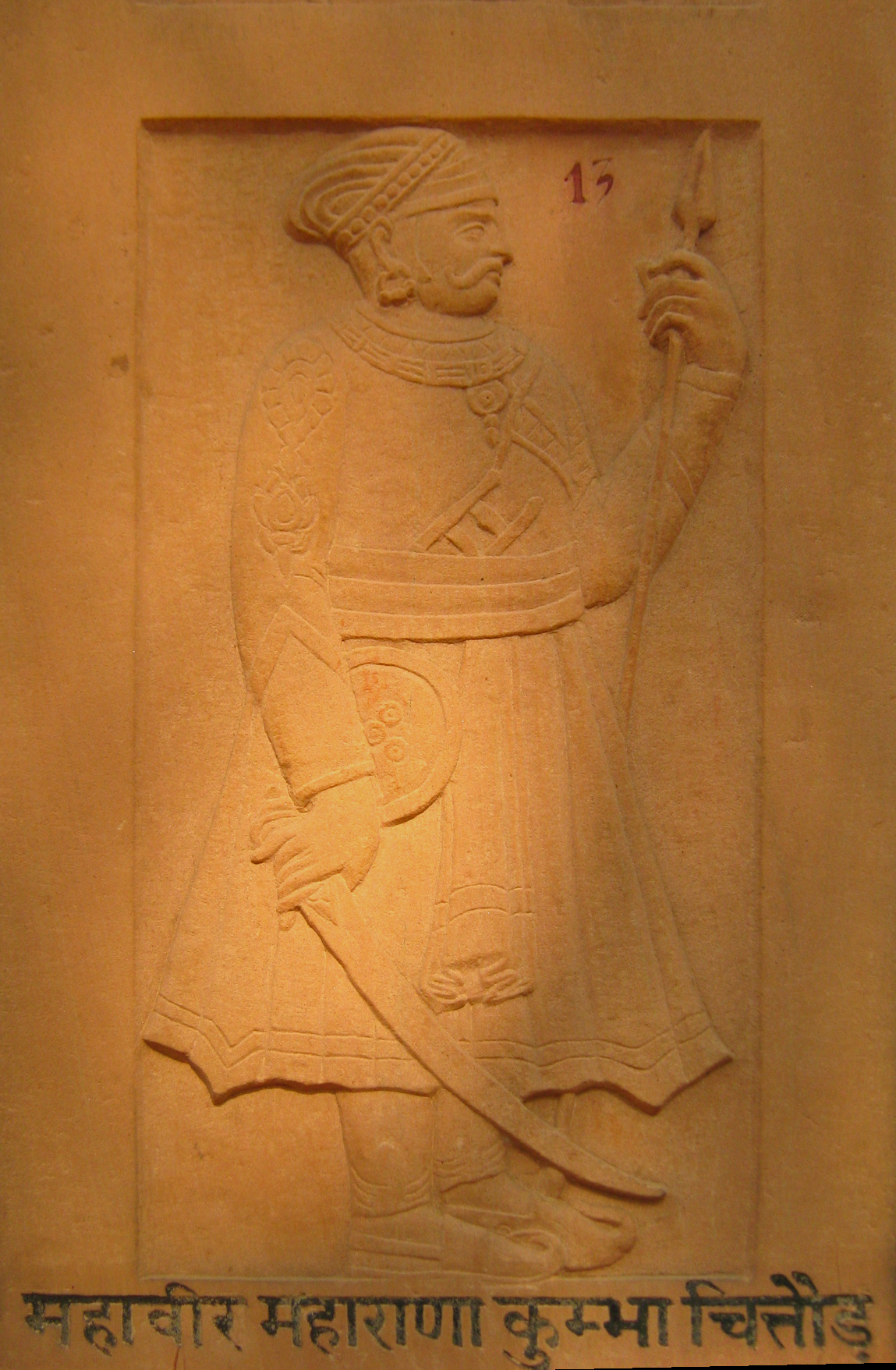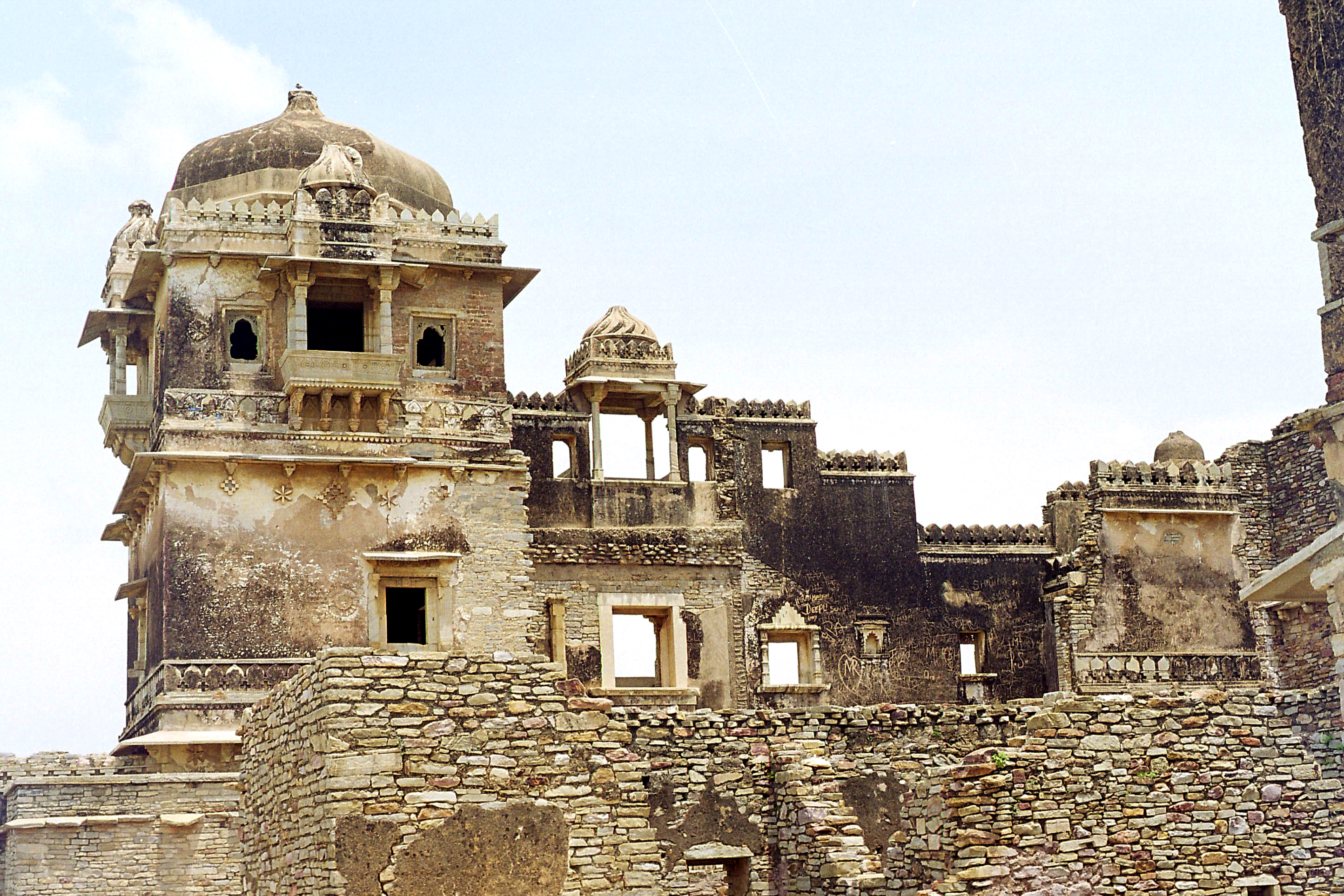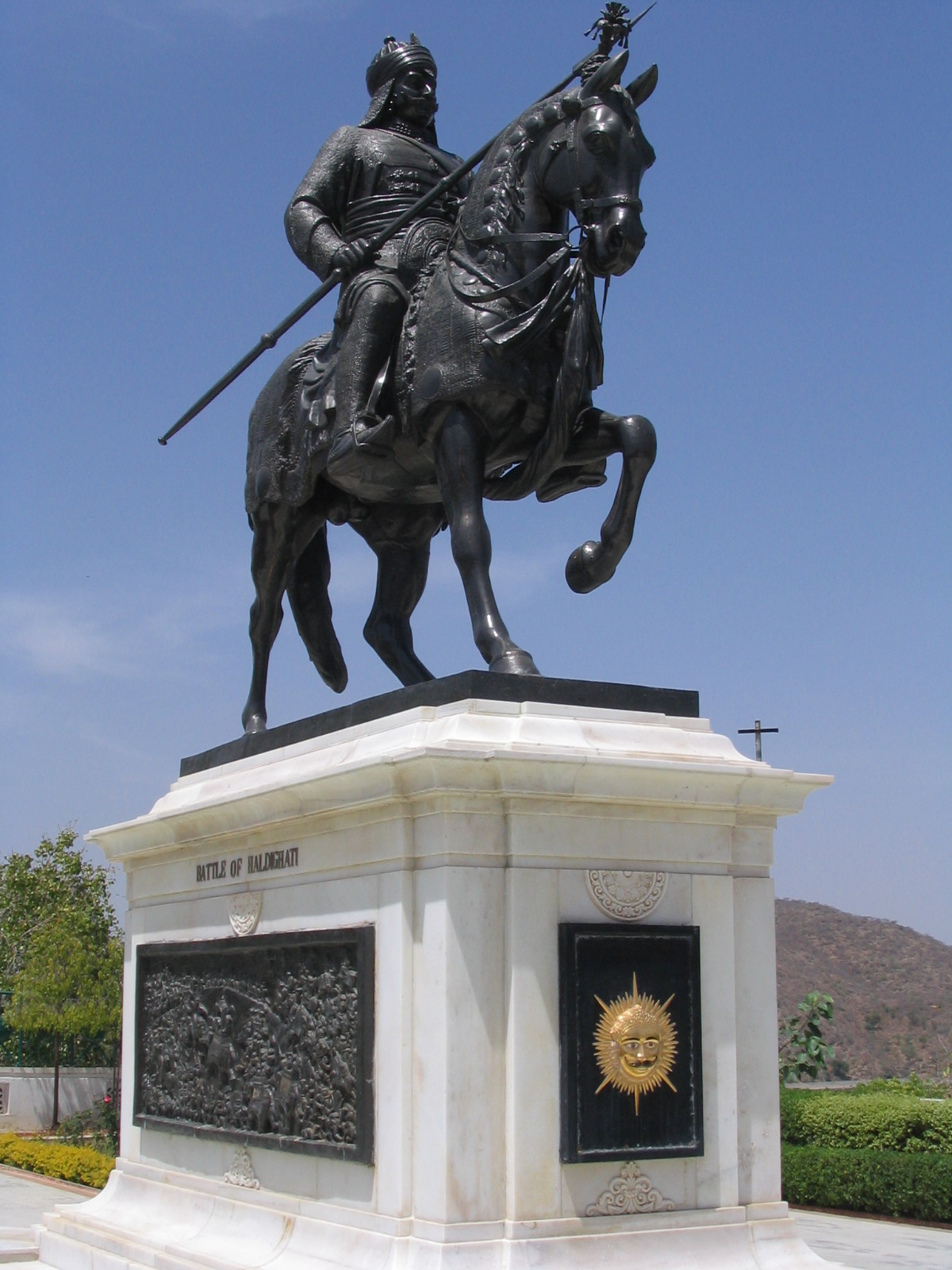|
Sisodia
The Sisodia is an Indian Rajput dynasty belonging to the clan that ruled over the kingdom of Mewar in Rajasthan. The name of the clan is also transliterated as ''Sesodia'', ''Shishodia'', ''Sishodia'', ''Shishodya'', ''Sisodya'', ''Sisodiya'', ''Sisodia''. Origins The Sisodia dynasty traced its ancestry to Rahapa, a son of the 12th century Guhila King Ranasimha. He founded the village of Shisoda, in modern day Rajsamand district, as his capital, after which his descendants were called Sisodias. The main branch of the Guhila dynasty ended with their defeat against the Khalji dynasty at the Siege of Chittorgarh (1303). In 1326, Rana Hammir, who belonged to Sisodiya branch, reclaimed control of the region, re-established the dynasty, and also became the founder of the Sisodia dynasty clan, a branch of the Guhila dynasty, to which every succeeding Maharana of Mewar belonged, and the Sisodias regained control of Chittor, the former Guhila capital.''The Rajputs of Rajputana: a ... [...More Info...] [...Related Items...] OR: [Wikipedia] [Google] [Baidu] |
Guhila Dynasty
The Guhilas of Medapata colloquially known as Guhilas of Mewar were a Rajput dynasty that ruled the Medapata (modern Mewar) region in present-day Rajasthan state of India. The Guhila kings initially ruled as Gurjara-Pratihara feudatories between end of 8th and 9th centuries and later were independent in period of the early 10th century and allied themselves with the Rashtrakutas. Their capitals included Nagahrada ( Nagda) and Aghata (Ahar). For this reason, they are also known as the Nagda-Ahar branch of the Guhilas. The Guhilas assumed sovereignty after the decline of the Pratiharas in the 10th century under Rawal Bharttripatta II and Rawal Allata. During the 10th-13th centuries, they were involved in military conflicts with several of their neighbours, including the Paramaras, the Chahamanas, the Delhi Sultanate, the Chaulukyas, and the Vaghelas. In the late 11th century , the Paramara king Bhoja interfered in the Guhila throne possibly deposing a ruler and placing s ... [...More Info...] [...Related Items...] OR: [Wikipedia] [Google] [Baidu] |
Rana Sanga
Sangram Singh I (IAST: Rāṇā Saṅgrāma Siṃha; c. 1482 – 1528 CE), popularly known as Rana Sanga or Maharana Sanga, was an Indian ruler from the Sisodia dynasty. He ruled Mewar, the traditional territory of Guhilas (Sisodias) in present-day north-western India. However, through his capable rule his kingdom turned into one of the greatest power of Northern India in early sixteenth century. He controlled parts of present-day Rajasthan, Gujarat, Madhya Pradesh and Uttar Pradesh with capital at Chittor. His reign was admired by several of contemporaries including Babur, who described him the "greatest Indian king" of that time along with Krishnadevaraya of South India. The Mughal historian Al-Badayuni called Sanga as the bravest of all Rajputs along with Prithviraj Chauhan. Rana Sanga was the last independent Hindu king of Northern India to control a significant territory before the Mughal Era. In some contemporary texts is described as the ''Hindu Emperor'' in Northern I ... [...More Info...] [...Related Items...] OR: [Wikipedia] [Google] [Baidu] |
Kumbha Of Mewar
Kumbhakarna Singh (r. 1433–1468 CE), popularly known as Maharana Kumbha, was the Maharana of Mewar kingdom in India. He belonged to the Sisodia clan of Rajputs. Rana Kumbha is known for his illustrious military career against various sultanates and patronization of art and music and architecture. Early life Rana Kumbha was born at Madariya, in a Hindu Rajput family of Sisodia clan. Kumbha was a son of Rana Mokal Singh of Mewar by his wife, Sobhagya Devi, a daughter of Jaitmal Sankhla, the Paramara fief-holder of Runkot in the state of Marwar. He was the 48th Rana of Mewar and succeeded Rana Mokal Singh in the year 1433 CE as the ruler of Mewar. Early period After being overrun by the armies of Alauddin Khalji at the turn of the 13th century, Mewar had become relatively insignificant. Rana Hammira is credited with casting off the Turkic yoke and establishing the second Guhila dynasty of Chittor in 1335. The title ''Rana'', and later ''Maharana'', were used by ruler ... [...More Info...] [...Related Items...] OR: [Wikipedia] [Google] [Baidu] |
Maharana Pratap
Pratap Singh I, popularly known as Maharana Pratap (c. 9 May 1540 – 19 January 1597), was a king of Mewar from the Sisodia dynasty. Pratap became a folk hero for his military resistance against the expansionism of the Mughal Empire under Akbar through guerrilla warfare which proved inspirational for later rebels against Mughals including Shivaji. Early life and accession Maharana Pratap was born to Udai Singh II of Mewar and Jaiwanta Bai. His younger brothers were Shakti Singh, Vikram Singh and Jagmal Singh. Pratap also had 2 stepsisters: Chand Kanwar and Man Kanwar. He was married to Ajabde Punwar of Bijolia and he had married 10 other women and was survived by 17 sons and 5 daughters including Amar Singh I. He belonged to the Royal Family of Mewar. After the death of Udai Singh in 1572, Rani Dheer Bai wanted her son Jagmal to succeed him but senior courtiers preferred Pratap, as the eldest son, to be their king. The desire of the nobles prevailed. Udai Singh died i ... [...More Info...] [...Related Items...] OR: [Wikipedia] [Google] [Baidu] |
Chittor Fort
The Chittorgarh (literally Chittor Fort), also known as Chittod Fort, is one of the largest forts in India. It is a UNESCO World Heritage Site. The fort was the capital of Mewar and is located in the present-day city of Chittorgarh. It sprawls over a hill in height spread over an area of above the plains of the valley drained by the Berach River. The fort covers 65 historic structures, which include four palaces, 19 large temples, 20 large water bodies, 4 memorials and a few victory towers. In 2013, at the 37th session of the World Heritage Committee held in Phnom Penh, Cambodia, Chittorgarh Fort, along with five other forts of Rajasthan, was declared a UNESCO World Heritage Site, as a group called the Hill Forts of Rajasthan. Geography Chittorgarh, located in the southern part of the state of Rajasthan, from Ajmer, midway between Delhi and Mumbai on the National Highway 8 (India) in the road network of Golden Quadrilateral. Chittorgarh is situated where National Hig ... [...More Info...] [...Related Items...] OR: [Wikipedia] [Google] [Baidu] |
Rajput
Rajput (from Sanskrit ''raja-putra'' 'son of a king') is a large multi-component cluster of castes, kin bodies, and local groups, sharing social status and ideology of genealogical descent originating from the Indian subcontinent. The term Rajput covers various patrilineal clans historically associated with warriorhood: several clans claim Rajput status, although not all claims are universally accepted. According to modern scholars, almost all Rajput clans originated from peasant or pastoral communities. Over time, the Rajputs emerged as a social class comprising people from a variety of ethnic and geographical backgrounds. During the 16th and 17th centuries, the membership of this class became largely hereditary, although new claims to Rajput status continued to be made in the later centuries. Several Rajput-ruled kingdoms played a significant role in many regions of central and northern India from seventh century onwards. The Rajput population and the former Rajput stat ... [...More Info...] [...Related Items...] OR: [Wikipedia] [Google] [Baidu] |
Rana Hammir
Maharana Hammir Singh (1314–1364), or Hammir (not to be confused with Hammir Singh of Ranthambore), was a 14th-century Hindu Rajput ruler of Mewar in present-day Rajasthan, India. Hammir Singh, was a scion of the cadet branch Rana of the Guhila dynasty, who regained control of the region, re-established the dynasty after defeating the Tughlaq dynasty, and captured present-day Rajasthan from Muslim forces of Delhi and became the first of the 'Rana' branch to become the King of Mewar with title of Maharana. Hammir also became the progenitor of the Sisodia clan, a branch of the Guhila dynasty, to which every succeeding Maharana of Mewar has belonged. Mewar during Rana Hammir's reign, was one of the few ethnic Indian states that had withstood the Turkic invasions. According to John Darwin "Only in Mewar and in Vijaynagar had Hindu states withstood the deluge". Mahavir Prasad Prashasti identify to Hammmir as ''Vanquisher of Turushkas''. After regaining Chittor, he built the An ... [...More Info...] [...Related Items...] OR: [Wikipedia] [Google] [Baidu] |
Hammir Singh
Maharana Hammir Singh (1314–1364), or Hammir (not to be confused with Hammir Singh of Ranthambore), was a 14th-century Hindu Rajput ruler of Mewar in present-day Rajasthan, India. Hammir Singh, was a scion of the cadet branch Rana of the Guhila dynasty, who regained control of the region, re-established the dynasty after defeating the Tughlaq dynasty, and captured present-day Rajasthan from Muslim forces of Delhi and became the first of the 'Rana' branch to become the King of Mewar with title of Maharana. Hammir also became the progenitor of the Sisodia clan, a branch of the Guhila dynasty, to which every succeeding Maharana of Mewar has belonged. Mewar during Rana Hammir's reign, was one of the few ethnic Indian states that had withstood the Turkic invasions. According to John Darwin "Only in Mewar and in Vijaynagar had Hindu states withstood the deluge". Mahavir Prasad Prashasti identify to Hammmir as ''Vanquisher of Turushkas''. After regaining Chittor, he built the Annap ... [...More Info...] [...Related Items...] OR: [Wikipedia] [Google] [Baidu] |
Akbar
Abu'l-Fath Jalal-ud-din Muhammad Akbar (25 October 1542 – 27 October 1605), popularly known as Akbar the Great ( fa, ), and also as Akbar I (), was the third Mughal emperor, who reigned from 1556 to 1605. Akbar succeeded his father, Humayun, under a regent, Bairam Khan, who helped the young emperor expand and consolidate Mughal domains in India. A strong personality and a successful general, Akbar gradually enlarged the Mughal Empire to include much of the Indian subcontinent. His power and influence, however, extended over the entire subcontinent because of Mughal military, political, cultural, and economic dominance. To unify the vast Mughal state, Akbar established a centralised system of administration throughout his empire and adopted a policy of conciliating conquered rulers through marriage and diplomacy. To preserve peace and order in a religiously and culturally diverse empire, he adopted policies that won him the support of his non-Muslim subjects. Eschewing tr ... [...More Info...] [...Related Items...] OR: [Wikipedia] [Google] [Baidu] |
Siege Of Chittorgarh (1303)
In 1303, the Delhi Sultanate ruler Alauddin Khalji captured the Chittor Fort from the Guhila king Ratnasimha, after an eight-month-long siege. The conflict has been described in several legendary accounts, including the historical epic poem ''Padmavat'', which claims that Alauddin's motive was to obtain Ratnasimha's beautiful wife Padmini; this legend is considered historically inaccurate by most historians. Background The Mewar region in north-western India was ruled by the Guhila dynasty, whose seat was located at the Chittor Fort (''Chittorgarh''). In 1299, Alauddin's general Ulugh Khan had raided the Mewar region on his way to Gujarat. However, this appears to have been a light raid rather than a serious invasion. The Guhila king Samarasimha protected his country from the raiders, possibly by paying a tribute. In 1301, Alauddin conquered Ranthambore, which was located between Delhi and Chittor, and then returned to Delhi. The same year, Ratnasimha ascended the throne ... [...More Info...] [...Related Items...] OR: [Wikipedia] [Google] [Baidu] |
Rana (title)
Rana (IAST: ''Rāṇā'', Sanskrit: ) is a historical title denoting an absolute Hindu monarch in the Indian subcontinent. Today, it is used as a hereditary name in the Indian and Pakistani subcontinent. "Rana" was formerly used as a title of martial sovereignty by Jat and Rajput kings in India. Rani is the title for the wife of a rana or a female monarch. It also applies to the wife of a raja. Compound titles include ''rana sahib'', ''ranaji'', ''rana bahadur'', and '' maharana''. Usage in the Indian subcontinent "Rana" was formerly used as a title of martial sovereignty by Rajput kings in India. Sisodia rulers of Mewar used the title of Mahārāṇā (महाराणा) extensively in their royal charters. Today, members of some Rajput clans in Indian subcontinent use it as a hereditary title. In Pakistan, mostly Muslims—but also some Hindus in Sindh (present-day Pakistan)—use it as a hereditary title. Umerkot, a state in Sindh, has a Hindu Thakur Sodha Rajput ... [...More Info...] [...Related Items...] OR: [Wikipedia] [Google] [Baidu] |
Chittorgarh
Chittorgarh (also Chittor or Chittaurgarh) is a major city in Rajasthan state of western India. It lies on the Berach River, a tributary of the Banas, and is the administrative headquarters of Chittorgarh District. It was a major stronghold of the Rajput State of Medapata. (modern Mewar) The city of Chittorgarh is located on the banks of river Gambhiri and Berach. Chittorgarh is home to the Chittor Fort, the largest fort in India and Asia. It was sacked thrice; first in 1303 by Alauddin Khalji, again in 1535 by Bahadur Shah of Gujarat, and lastly by the Mughal Emperor Akbar in 1568. Its Hindu Rajput rulers fought fiercely to maintain their independence. On all three occasions when faced with a certain defeat, the men fought to death, while the women committed suicide by jauhar (mass self-immolation). Chittor also has been a land of worship for Meera, It is also known for Panna Dai and Rani Padmini. History Originally called Chitrakuta, the Chittor Fort i ... [...More Info...] [...Related Items...] OR: [Wikipedia] [Google] [Baidu] |








